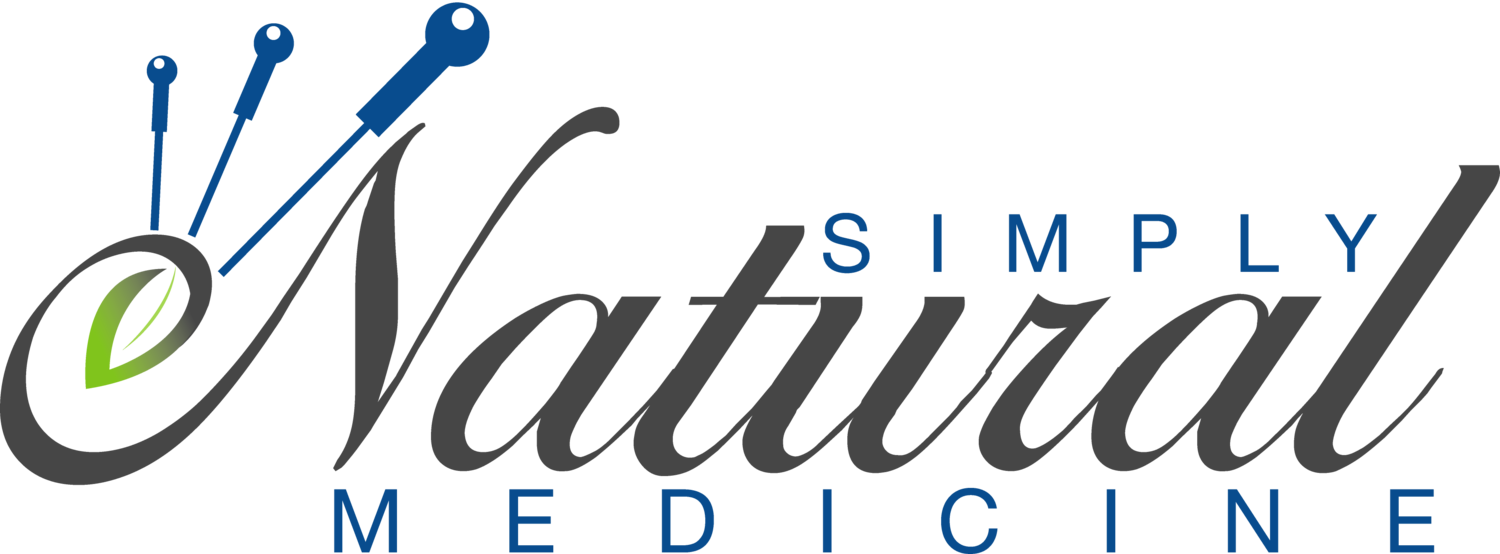What is Acupuncture?
/Traditional Chinese Medicine (TCM) began 3-5,000 years ago. The oldest systemic medical classic, Huang Di Nei Jing, was written over 2000 years ago and discusses the anatomy, physiology, diagnosis, treatment and prevention of diseases. TCM focuses on the holistic concept, recognizing the human body as a unit, and the differentiation concept, where diagnosis and treatment are based on the analysis of the signs and symptoms the human body is expressing.
TCM is highly influenced by to philosophical concepts- yin yang and the five elements.
Yin Yang- Yin and yang is a means to generalize opposite principles as observed in the world. They are inter-changeable, control each other, interdependent and exist in a dynamic balance.
The TCM energetic properties of the organs can be divided into yin and yang organs. The yin organs are solid (lung, heart, spleen) and the yang organs are hollow (gallbladder, stomach, large intestine).
Five elements: The five elements- wood, fire, earth, metal, and water are considered to be needed for the maintenance of life. Much like yin yang, these materials control, generate, overact and counteract on each other. The relationship between these elements, which are related to specific organs as well, are responsible for the manifestation of signs and symptoms and the five element theory form of diagnosis.
TCM also recognizes Qi (pronounced ch-eee) as a fundamental substance needed to control normal vital activities- therefore, vital activities in the human body can be explained by the changes and movement of Qi. In western medicine, Qi is comparable to your bodies vital force, also known as your energy.
Qi is responsible for promoting growth and development and the physiological activities of the organs and channels. It moves the blood, defends against exterior pathogens, nourishes the body, and provides a person with energy.
Acupuncture works on an energetic level and manipulates your bodies yin and yang, five elements, qi, and many other aspects in TCM. Each organ has a meridian (channel) in which qi flows through the body. These channels are used in acupuncture to direct qi to the area of concern. An acupuncturist places needles on specific points which are designated for specific functions. Point prescription can be local points (which helps spread qi through the channels locally), as well as distal points (which opens these meridians to the circulation of qi).
After a few sessions, many people can feel their bodies energy moving with acupuncture. This may feel like a dull, warm, distending, or moving sensation. Needles are small and insertion feels like a small prick. For patients who are needle sensitive, less needles are used, or other non-needle methods of acupuncture are done.
Acupuncture can be used for (but not limited to what is listed):
- Pain- muscular, tendon and bone pain, headaches, abdominal pain
- Exterior conditions- common cold, cough, allergies, asthma, congestion, flu
- Insomnia
- Gynecological issues- painful and/or irregular menses, PMS, menopause, leukorrhagia, infertility, morning sickness, insufficient lactation
- Dermatology- eczema, psoriasis, alopecia, acne, urticaria, shingles
- Gastrointestinal concerns- hiccup, vomiting, nausea, diarrhea and constipation, hemorrhoids, edema, jaundice
- Pediatric conditions- bed wetting, diarrhea, cold/flu
- Cardiology: angina, palpitations, dizziness/vertigo, hypertension
- Head, nose, ears, throat: Myopia, glaucoma, cataracts, strabismus, ear infection
- Other: post stroke, bell's palsy, psycho-social-emotional concerns, weight loss, fatigue, aging,






